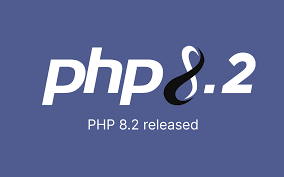PHP 8.2 is a major update to the PHP programming language, and it comes with a number of new features and improvements. Here are some of the pros and cons of the PHP 8.2 update:
Pros:
- Improved type handling: PHP 8.2 comes with better support for union types and improved type inference, making it easier to write and maintain code that is type-safe.
- Faster performance: PHP 8.2 includes several optimizations that can significantly improve the performance of your PHP applications.
- Enhanced security: PHP 8.2 includes several security improvements, including better handling of user input and better protection against common web application attacks.
- Improved error handling: PHP 8.2 includes better error handling capabilities, making it easier to detect and fix errors in your code.
- New language features: PHP 8.2 introduces several new language features, such as a new “match” expression that simplifies conditional logic and a new “static return type” that makes it easier to write generic code.
Cons:
- Compatibility issues: Upgrading to PHP 8.2 may cause compatibility issues with older PHP code that relies on deprecated features or functions.
- Learning curve: The new features and improvements in PHP 8.2 may require some learning and adjustment for developers who are used to working with older versions of PHP.
- Third-party library support: Some third-party libraries and extensions may not be fully compatible with PHP 8.2 yet, which could cause issues for developers who rely on these libraries.
Overall, the pros of the PHP 8.2 update outweigh the cons, as the new features and improvements can significantly improve the performance, security, and maintainability of PHP applications. However, it is important to carefully consider the potential compatibility issues and learning curve before upgrading to PHP 8.2










